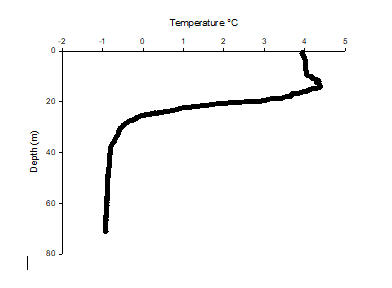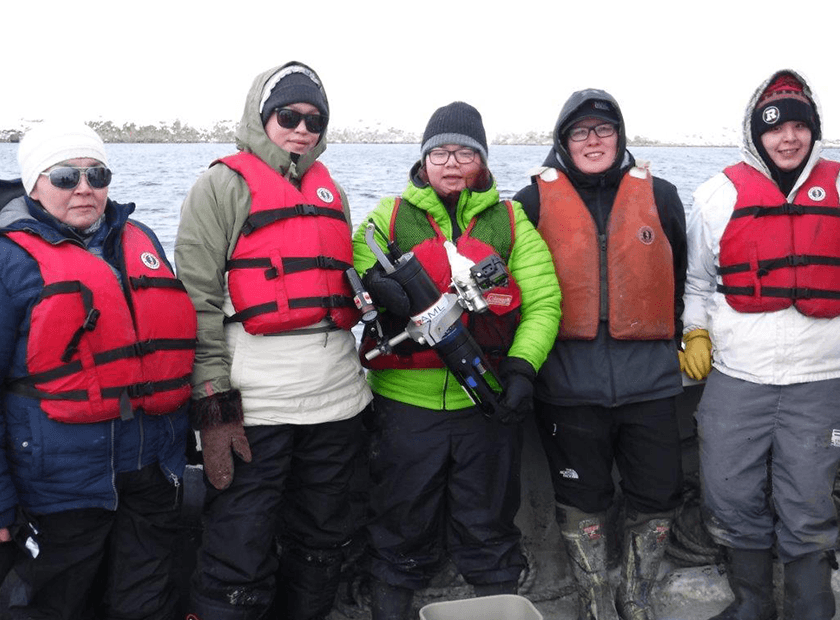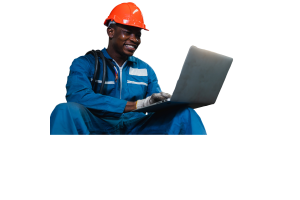Researching the Effects of Climate Change on Forage Fish in the Arctic with Metrec•X
By: Jehan Zouak, Marketing Manager - AML Oceanographic

"AML is an excellent company to work with. The expertise and knowledge of the staff and their willingness to assist goes far beyond my expectations....I highly recommend this company for the quality equipment and long term staff relations."
Helen Drost, PhD
FISH ECO-PHYSIOLOGIST & OCEANOGRAPHER
SHELUQUN ENVIRONMENTAL CONSULTING
The Challenge
WHY ARE FORAGE FISH IMPORTANT?
Forage fish are a critical food source for a wide variety of ocean dwellers, including whales, dolphins, sharks, seals, sea lions, seabirds, salmon, cod, and tuna. See something from last night’s dinner on that list?
For the Inuit – who continue to harvest for their subsistence – healthy populations of forage fish are directly related to the continuance of their cultural traditions and overall well being. In the Arctic, rapid change is occurring including forage fish abundance and species.
In addition to being the main food source for a wide array of ocean wildlife, forage fish are caught and used as fish feed for farmed fish, and also for a wide range of products from cat food to cosmetics. With the demand for forage fish for these commercial endeavors continuously increasing, their ability to maintain population levels is challenged even without the further threat of climate change.
To observe the fish in the wild and collect benchmark habitat conditions, Helen records video footage while measuring the environment. This is achieved by attaching a custom underwater camera (Indro Robotics and AGO Environmental) to a Metrec•X multiparameter sonde with CTD and Dissolved Oxygen sensors. The sonde captures the characteristics of the water at the time and place of the recording of the fish’s behaviour, providing Dr. Drost with a multidimensional view of the fish’s preferred habitat during each season and stage of life. View the footage captured at Cambridge Bay here.

Temperature data from the Metrec•X at Cambridge Bay, Nunavut
Why AML?
Dr. Drost came to AML because she needed several parameters, and with limited funding knew she could not acquire all of them at once. AML’s modular solution would enable Helen to add to her equipment at the pace her budget would allow. The ability to add sensors to the instrument as she could afford them would enable her to begin her studies immediately rather than having to either:
- Wait until she had the funds to purchase an instrument with all the sensors she ultimately wanted.
- Buy a more limited solution and have to purchase a whole new instrument in the future in order to have all desired parameters.

Dr. Helen Drost has attached a drop camera to her modular Metrec•X multiparameter sonde to simultaneously capture her subject's habitat and their behaviour in it.
The Future
Learn how UV Biofouling Control can make a difference for you.
Whether it is preventing biofouling-induced drift to keep sensor data accurate, or keeping a camera lens clean to maintain a quality image, our UV antifouling technology optimizes the performance of the instrumentation that it is employed to protect.













